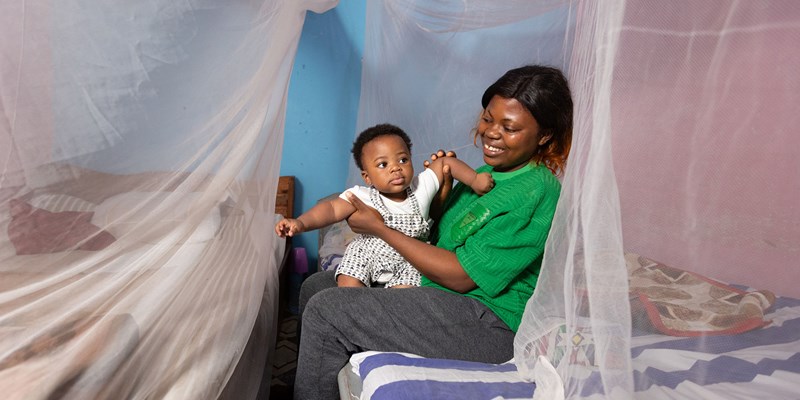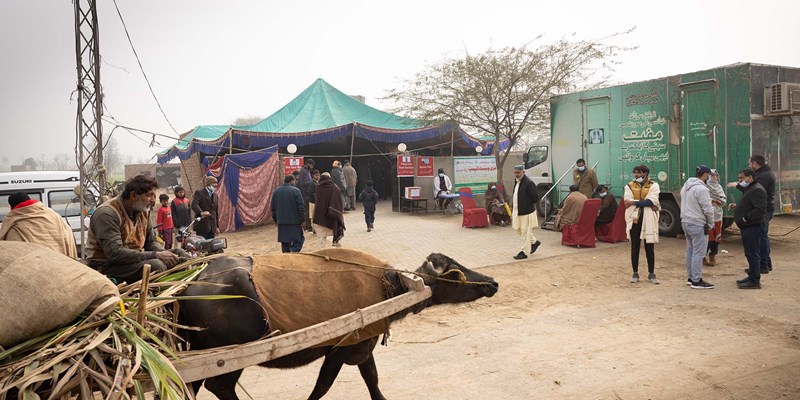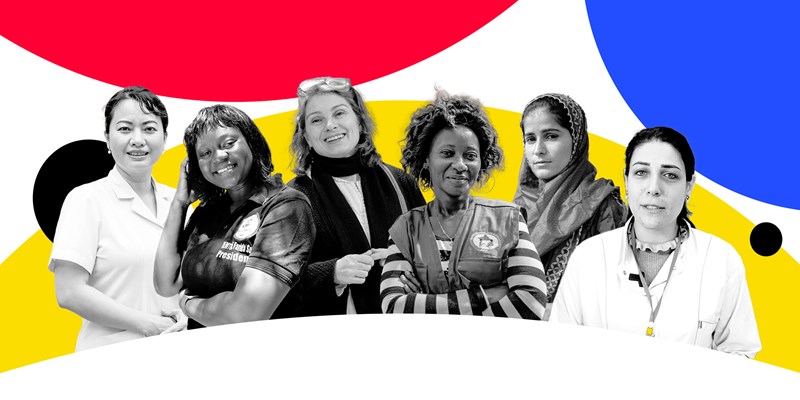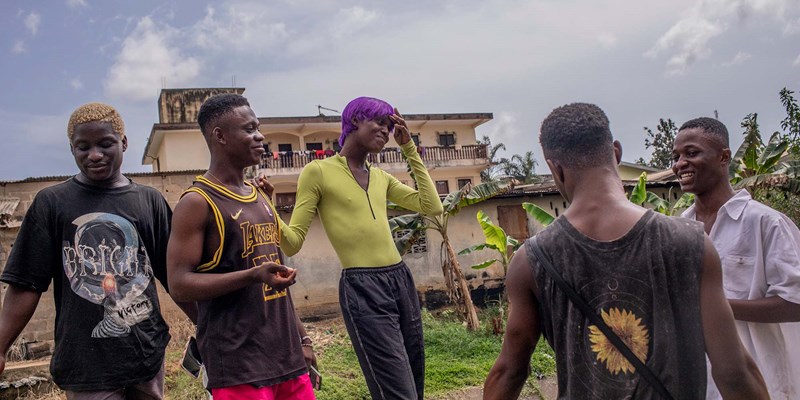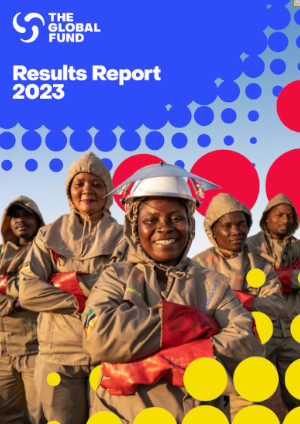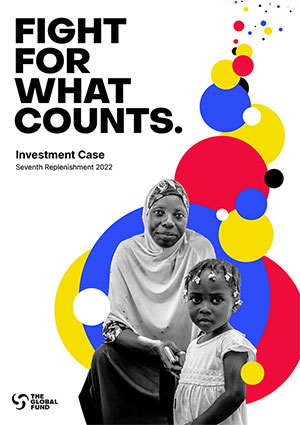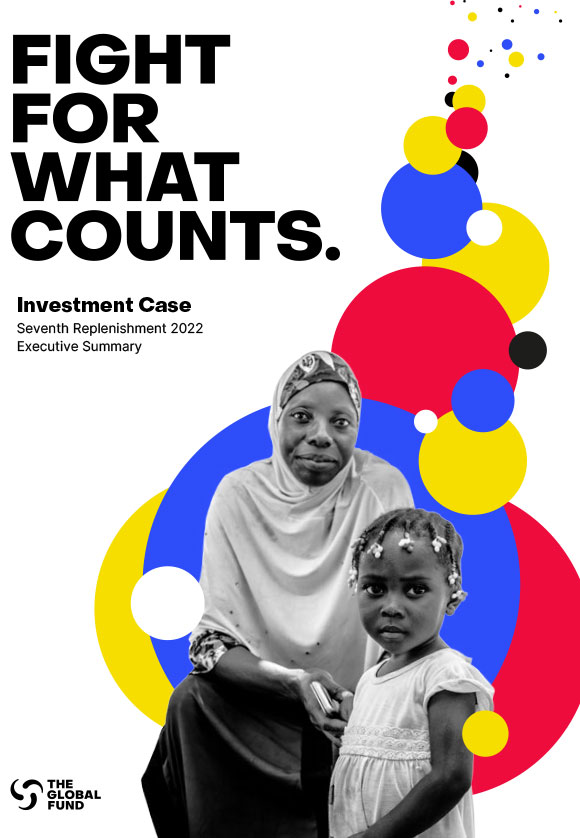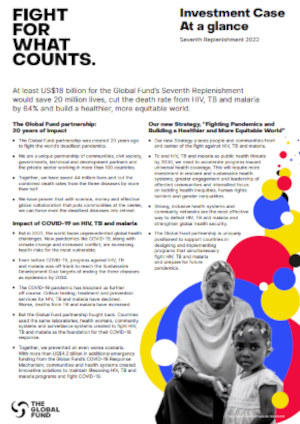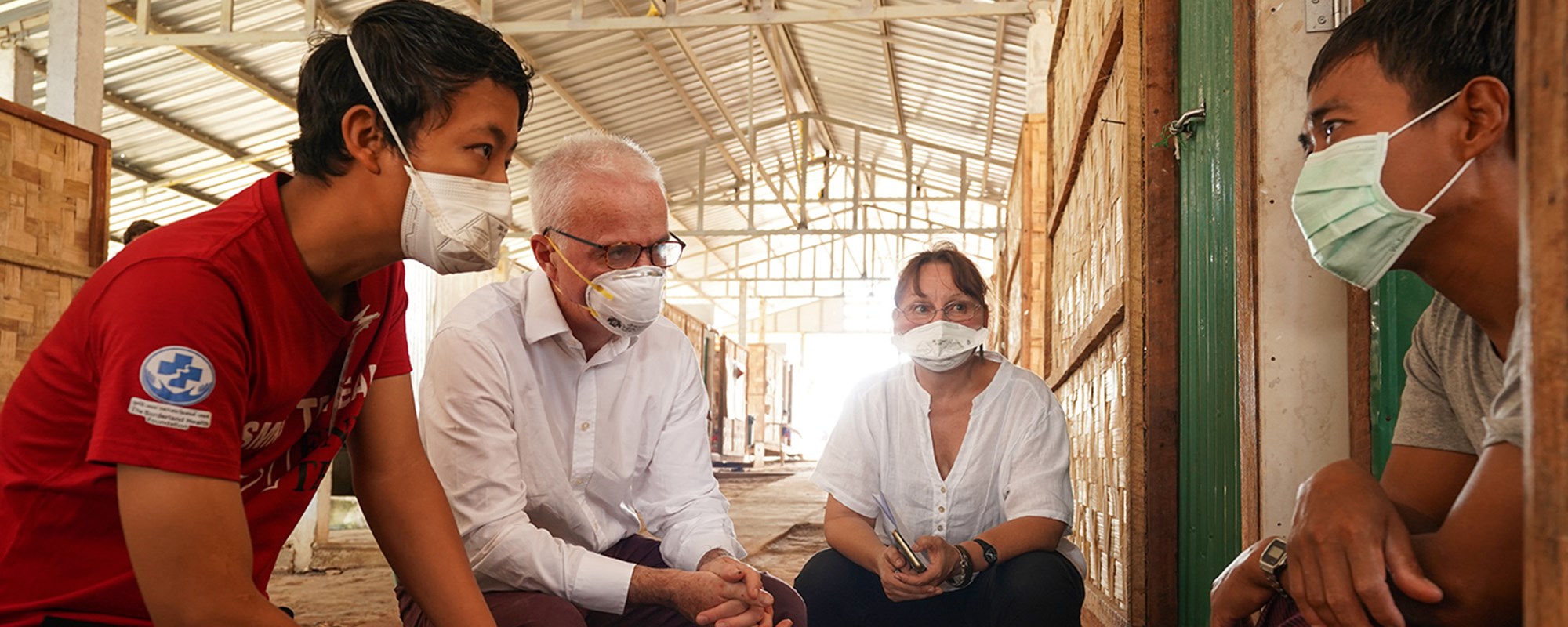

On World TB Day, Crisis and Hope
In 2020, we all witnessed in real-time the deadly impact of an airborne pandemic. In just over a year, more than 2.6 million people have died from COVID-19. But in the poorest and most marginalized communities around the world, another airborne pandemic – tuberculosis – has been killing tens of millions of people for millennia. And with the arrival of COVID-19, it’s getting worse.
As COVID-19 spread around the world, health workers, testing machines, laboratories and health centers were all diverted from existing diseases like TB to fight the new pandemic. Preliminary data from Global Fund surveys is now revealing the deadly impact of these diverted resources: in 2020, in 13 high-burden TB countries, 29% fewer people were tested for TB compared to 2019. Without treatment, a single person with TB can infect up to 15 other people over the course of a year, or die. Worse, in those same countries, there were 45% fewer people tested for multidrug-resistant TB – one of the most frightening forms of antimicrobial resistance.
But there is hope. As soon as the new pandemic hit, the Global Fund provided nearly US$1 billion to help mitigate the impact of COVID-19 on HIV, TB and malaria programs and reinforce systems for health. While it is still early days, it appears this rapid response may have helped us avoid the worst-case scenario of a surge in deaths and cases. For example, while testing levels plummeted in India and Bangladesh in the first months after the COVID-19 pandemic hit, they were able to rebound towards the end of 2020 and be able to test and treat nearly the same number of TB patients as they were pre-COVID. With the right leadership and funding, it is possible to protect progress in the fight against TB.
COVID-19 has also challenged us to be more innovative and to accelerate new approaches to fight TB. To ensure continuation of treatment and reduce the need for travel, TB patients are now provided with 1-2 months of TB drugs, and countries have been encouraged to rapidly transition to all-oral treatment regimens for drug-resistant TB. Instead of resource-intensive daily check-ins at a health clinic to monitor if people are adhering to treatment, new smartphone applications enable patients to report progress and side effects virtually. This increases adherence to treatment and enables us to reach more people with TB and accelerate the end of TB as an epidemic.
COVID-19 also provides an opportunity for us to more effectively fight both diseases at the same time – and be better prepared for future airborne pandemics. The same tools the Global Fund partnership has built to fight TB are now being used to fight COVID-19: community health workers test, trace and isolate to prevent onward transmission; community groups share critical prevention information to protect people from infection; labs and health centers are already equipped with the testing machines and training needed to test both for TB and COVID-19.
Again, India is leading the way, with a new program that tests people for COVID-19 and TB at the same time. As COVID-19 and TB have similar symptoms, this simple step can stop onward transmission of both diseases – and ensure that TB patients are treated and cured.
Perhaps more importantly, COVID-19 also show us what’s possible when the world is united against a common enemy and provides the resources to fight it. Rapid tests and vaccines for COVID-19 were developed in less than a year, and real-time data on the COVID-19 pandemic enables countries to quickly respond to and contain outbreaks. In comparison, TB still lacks an effective vaccine, tests are costly and must be done in a lab, and instead of daily data reports, the global TB community must wait 18 months before yearly statistics are shared.
If we can do this for COVID-19, we can and must do the same for TB. If we don’t, we run the risk of defeating one airborne pandemic only to watch deaths and cases from another soar. Even before the pandemic, out of the 10 million people who fall ill with TB every year, only 7.1 million are tested and treated – which leaves 2.9 million “missing” people with TB who will continue to pass the disease to others, or die, without treatment. The fewer people we find, test and treat, the more TB cases there will be, and the higher the risk of multidrug-resistant TB spreading worldwide.
This World TB Day, we must learn from our experience fighting both TB and COVID-19. We must reinforce the world’s health systems and unite our resources to fight both diseases and to prepare for the future airborne pandemics we know will come, to strengthen global health security for us all.
This op-ed was first published by the Asahi Shimbun GLOBE+.
